Spring Flurry on the Homestead
It started when we opted to rent an older duplex just out of town rather than the fancier apartment with a dishwasher in a concrete complex. We turned up a small patch of soil on the edge of that backyard and planted just a few onions and some lettuce.
The rest, as they say, is history.
Every spring has felt the same since. A little hope pops through when the temperatures creep up even the slightest bit. We don’t wait for snow to melt anymore, but that frantic feeling has shifted from “get things in the ground fast enough to provide a decent growing season” to “get things in the ground so they have a chance to gain strength before the grasshoppers begin their work.”
When Stewart takes me shopping it looks more like “Hey, pick out some herbs if you want!” than the stereotypical shoes or jewelery or chocolate which were never really my thing anyway. Except the chocolate.
The cold frame has come off of this bed that houses greens and herbs and I now find myself planting trays of tomatoes, tomatillos, peppers, and heat-loving herbs like oregano, thyme, and basil.
And this little man, with his enthusiasm for all things seed and plant and dirt, has been my constant companion “out there”. He was there through the lettuce and the peas and carrots and beets and now the helping Mama mix up some decent soil for Daddy’s fruit trees.
There are now peaches, and a pear, and two figs, and an orange, and those moringa trees, and a few mayhaws, and a bunch of autumn olives, and Siberian pea shrub, and a couple of avocados and blackberries on the way.
I have hopes for long rows of beans and a three sisters garden and big beds of herbs and squash and cucumbers and melons.
But I have no expectations. It is hard to explain, in this results-driven culture, that we can not plant seeds with expectations of success or crop yields or large harvests.
We have seeds and we are trying to make use of them, the gift that they are in and of themselves. We give time and energy and sweat while hands big and small are in a perpetual, joyful state of dirty. There are babies on my back or in a stroller riding up and down the dirt road so I may take up my spot kneeling in the kitchen garden.
Hopes, yes. Expectations, no. The working and planting and watering and nurturing are nourishment in and of themselves.



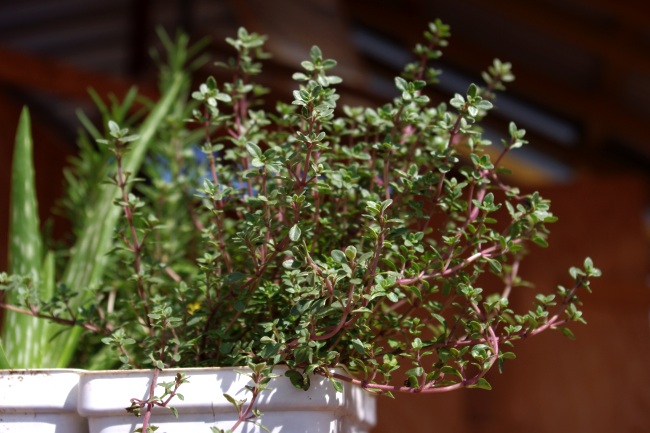
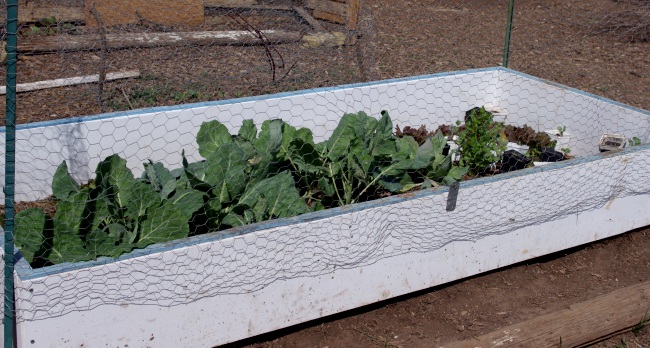
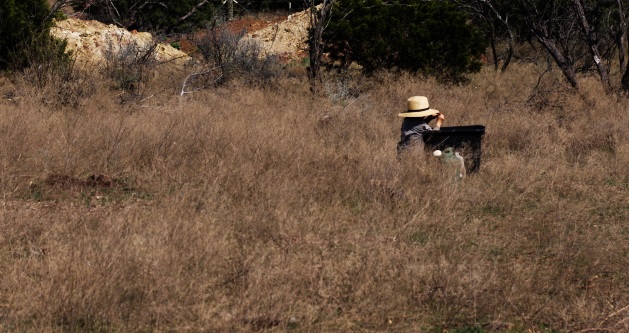
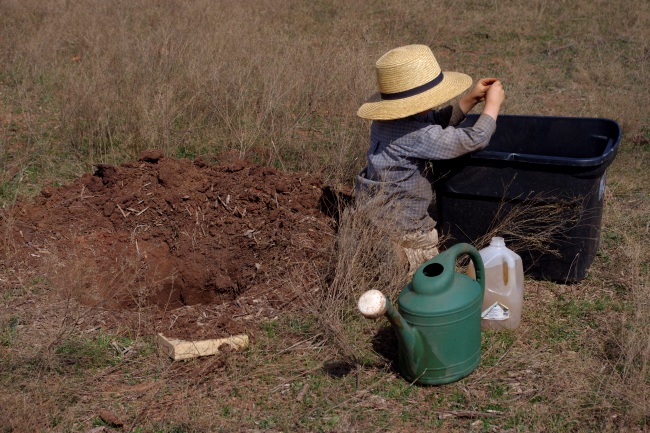

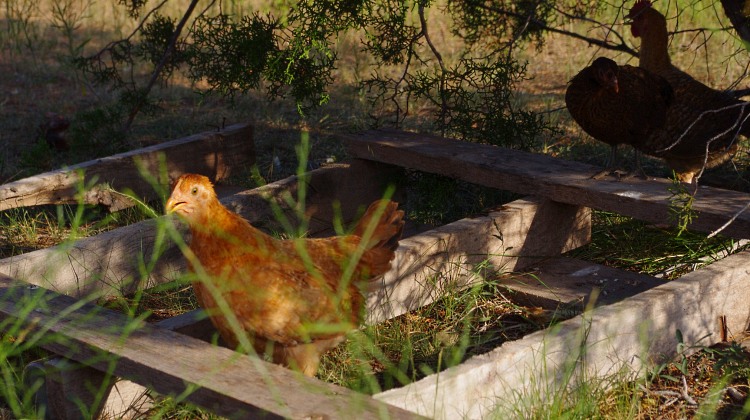
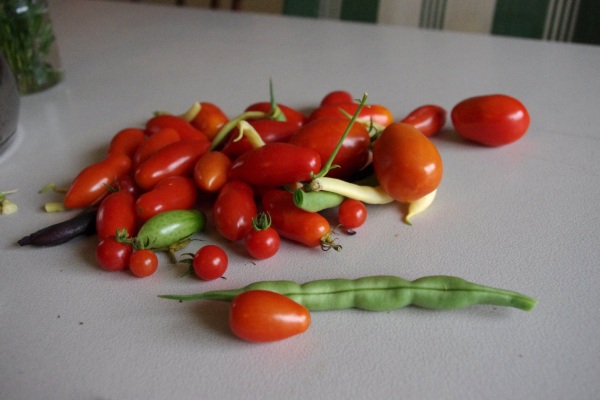
Hello Shannon and family,
Spring is exciting isn’t it? The things you are growing and planning on growing look and sound great.I pray for your continued success, God willing, at what you guys are up to.
Man, that soil looks like it’s hard work! Let me guess…high clay content, yet water resistant; either clumps, or powder- no in between; compacted and hard? i see why you are doing the whole manual “soil building” thing.
If your fruit trees are being planted in an area close by the house and amenities, this advice can be ignored, and hand preparation of planting holes can continue. But if you can, borrow a tractor, at least 60hp, with a single-tine ripper attached to the 3 point linkage at the rear. It looks like a claw, upside down, and if you rip to a depth of 2 feet along your tree rows/row, the advantages are that it’s quick, you can plant directly into the rip with a shovelful of compost as a starter, then mulch the tree, and cover crop the inter-row soil above, and hey presto, soil creation is then underway over a wide area of fruit producing ground, not just little isolated pockets in the general hard compacted surroundings.
Its clear by the weeds that come up unbidden in the toughest soil you have on the place, that something can grow there. And if you alter the prevailing conditions from what they are, to more along the lines of what the plants you like to eat enjoy, you will see better results, God willing.
If hard airless waterless carbon free dirt at least germinates and grows a stunted cabbage or bean seedling, then by simply reversing the conditions of that same soil you will send things in the right direction….if the soils hard, loosen it; if it’s devoid of organic matter add some; if it’s dry wet it; if there’s no air in it, introduce some.
You will see some greater success than before.
Now that it is spring, cover crop and green manure.
Select a couple of areas to grow, i dunno, broccoli and corn in, but in a month or so’s time.Get a packet of parrot mix birdseed, with seven or eight different grains in it; tickle the surface of the soil a little, spread the seed, keep it moist and before long you will have a fine tall stand of lush green manure to chop into the soil with a hoe or spade. once done, you can plant right into it your corn seeds or broccoli seedlings, or whatever, and away it goes.
The best thing about green manuring for a vegie garden is that if animal manure is short, then you can still fertilize a wide area. Apply this logic to the inter-row of your orchard….around where i grew up it was orchard country and the springtime sowing of lupins and peas and broad beans was an annual soil building exercise, pre-chemical fertilizer days. They grew them up chest high through the orchards then disked it in roughly with horse or tractor, providing tons per acre of free nitrogen and carbon.
Hard work, but worth it.
Don’t try and grow trees. Or vegetables.
Grow soil. Then plant what you want to grow into that soil. If you come at it all backwards, it’s a recipe for frustration, so yeah…grow soil!
God bless
Justin Western Australia
Wow, Justin, you make it sound so simple! 😉
Some great, great ideas. I will definitely send this to my husband Stewart to look through and add to his land notebook. We have some green manure seeds for buckwheat, clover, vetch, and some others along with sod-buster radish seeds for aeration and we are hoping to do a post on these worms we have been integrating into the soil.
I so relate to the idea of growing soil rather than plants. I am finding that it is too easy to try to push and demand productivity from a space, but you can’t force what is not there. And in order to reverse much of the damage that, in and of itself, takes patience and care.
Thanks again for your comments and tips, Justin!
Shannon
P.S. We killed four pigs two weeks ago and followed your lard rendering recipe. Worked great! Thankyou for sharing
Justin
Western Australia
Yay! What breed of pig are you raising?
Oh, you really can express my thoughts. 🙂 This is how I feel every spring, can’t wait to get my hands in dirt. Winter, see you next December again, ok? (we have 2 feet of snow…) Patience, patience…
They were wessex saddlebacks. Friendly as dogs, fast growers on pasture and garden scraps, good amount of fat, taste great!
Back again…you mentioned worms, Shannon? now you’re onto something…..
At one time we farmed around 15 acres of peaches, plums, and nectarines, certified organic. The north end of the property had a dam (spring-fed pond or soak) and a huge one at that. The previous owners had employed a dragline to dig out an area around the spring and mounded up huge amounts of earth and clay. we needed more land (so we thought). We hired a bulldozer to reverse all of this, and pushed all the dirt back in the hole and levelled off the area to how it had been 35 yrs previous.
Problem was, although the topsoil was put to one side all those years ago, and re-spread when we filled her in, it was mixed heavily with white clay as well as being ‘sour’, or devoid of life due to being buried too deep.
Soooo…we gained about three acres of potential growing area, but it was like the surface of the moon.
I ripped it along contours to 2 feet deep with my tractor. I bought a truckload or two of compost, as well as rockdust and soft rock phosphate and other trace elements blended into granular form, and spread the lot over the dam area. We had five worm farm beds that we backed off to three, and spread the castings and leachate over a small area and dug it all in with the discs. Then we spread clover, peas, lupins, millet, ryegrass, and oats all over the site. And waited . And watched.
Long story short…. where the worm cast and leachate was spread swiftly became a thick tall stand of green manure, whereas everywhere else it appeared that we were on the right track, but it was gonna take years to get it plantable. After two years of this process we sold the property, but in that time, the worm-treated area developed into as good a soil as any on the property, after only a year, with the remainder of the area slowly accumulating organic matter and consequent soil biology via discing in the cover crop.
If I was doing the same thing again, I wound pen chickens, cattle, sheep…..probably not hogs….onto sections of the rehabilitated area for 14-21 days, feeding them hay and trace mineral licks, and let them do the job quicker and better, trampling manure and what they don’t eat into the soil. Then rest it and water/rain, and away you go!
But yeah, worms. They clearly fast-track the entire process. But understand that even they are a sign that something ELSE is going right in your soil, bacteria-wise. Worms have no naturally occurring stomach bacteria, and so must rely on the microbes in what they eat to help with digestion and assimilation of nutrients. No bacteria=no worms.
So I guess worms are not the bringers of soil health, but are evidence of it.
Hope this rambling rant helps a little
Justin
Western Australia
Justin –
Wow, what an experience! I wonder – how many chickens per acre to do the job you’re talking about?
We are talking about ordering more worms. We may be getting a load of stuff this week to mix into the soil in an area we are going to put some beds, but the area where the worms are is softer and is clearly more aerated than the rest of the clay. I’ll have to do a post on it soon!
Thanks!
Shannon
@Shannon, Hmmm, how many chooks?
The variables are, area, number of birds, and lastly time on the area selected. Throw in existing soil conditions, time of year, and geographic location, and I’d saaaaayy….42.
Naaah, just kidding! Geoff Lawton in one of his videos shows a 3 week rotation with about thirty birds over an area of around 120 square metres. But I’ve lived where Geoff farms in that video. Sub tropical, volcanic soil….it’s like Hawaii, you plant a 6″ nail, in a few weeks you harvest a crowbar!
I’ve had well over a hundred birds on about 300m squared for a week in temperate climate on ironstone over clay/loam soil, before shifting, and I doubt whether the effect was half of Geoff’s thirty birds on that volcanic chocolatey richness for a bit longer.
Seeing where you are and knowing it’s like parts of Western Australia, soilwise and climate and geography-wise, I’d suggest at least thirty birds on at least 100m square for at least 3 weeks.
Look at a site called Redeeming the Dirt- young guy doing exactly as we are discussing with his fowls. And his results in his photographic testimony are nothing to scoff at.
God bless
Justin Western Australia
Hi,
I really enjoyed the pictures in this post, and couldn’t help noticing our thyme plant. I’m new to gardening, but recently bought a thyme plant to put in the apartment balcony. One of your pictures up there looked like it had thyme right next to aloe Vera…? I’ve been wanting to buy aloe Vera for a while now and wanted to ask if you think they are good companion plants, or if you think there is something better to plant with thyme.
Thanks!